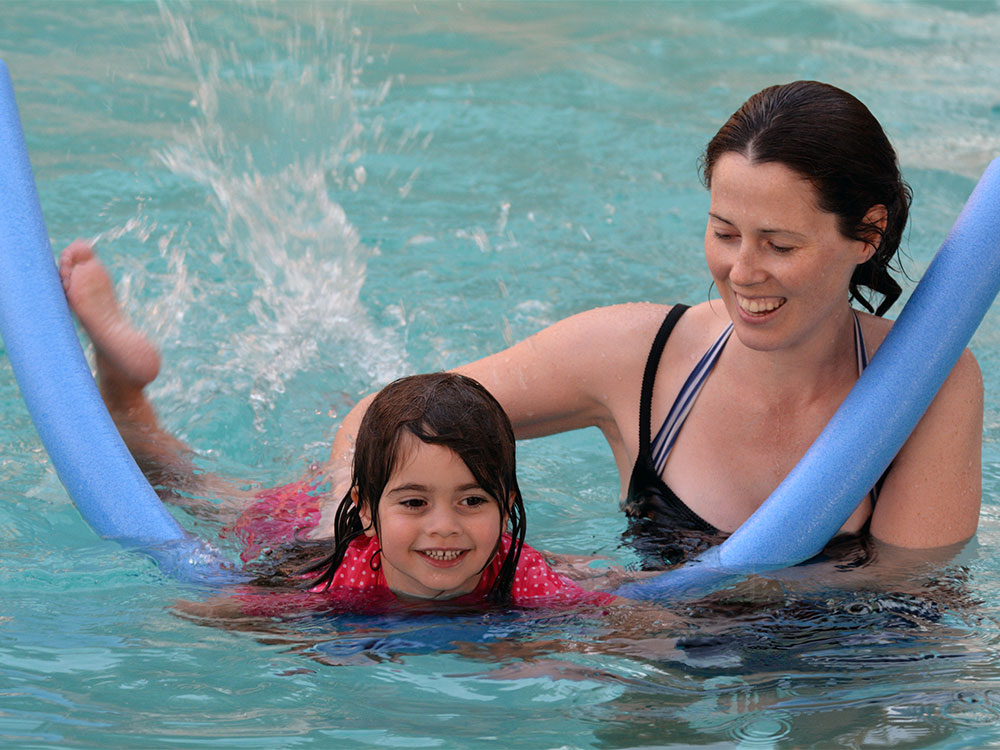
The various regulations governing the pool, from construction to use and its management, have contributed to making the pool safer. The various regulations governing the pool, from construction to use and its management, have contributed to making the pool safer.
The UNI 10637 standard, with subsequent revisions and additions, indicates the construction conditions of the swimming pools and their management of the systems. In 2003, the revision of the deed of understanding between the state and the regions was published, inviting the regions to transpose the deed individually and draw up their own regional law on swimming pools. The Regions do not exclude the obligation of the lifeguard for small pools (ie those with a maximum surface area of 200 square meters and 160 centimeters deep).
The Presence Of The Lifeguard
A lifeguard assistant is a person authorized to carry out rescue and first aid operations in accordance with current legislation on the subject. For safety purposes, he supervises the activities that take place in the pools and in the perimeter spaces in compliance with the internal regulations. His presence must be ensured throughout the opening hours of the structure – with particular exceptions in the agritourism field.
Although the legislation is not very clear and each region is regulating itself autonomously, it is necessary to take into account that the safety of the swimming pool does not concern only the operators but is even more interesting and involves the users who access the facilities or the service.
Also Check: ALA lifeguard training in New York
Safety In The Pool
Swimming pools hide various residual risks that can affect health but also safety understood as accident prevention.
In particular, with regard to the protection of health, the risk of legionella, the risk of contamination by fungi, and the chemical risk, the latter aimed in particular at workers who work in water treatment plants must be taken into account, controlled and managed.
With regard to the risk of accidents, the prevention measures must be assessed and implemented to:
- The risk of slipping;
- Injuries during poolside dives ;
- Injuries from slides, both during use for those who descend from the slide, and for the interference of those who can be found downstream of the slide;
- The risk of drowning;
- The electrical risk for those who carry out the cleaning, or for those who carry out interventions on the systems;
- The risk in confined spaces in the case of underground systems;
- Splashes or aggressive action of chemical substances used by operators who deal with the management of technological systems;
Often the swimming pools have well-exposed regulations, and there are signs, and life jackets, but sometimes there are no bathrooms where, according to the regulations and the specific characteristics, it is mandatory.
The Rules In The Pool
The various national and inter-regional regulations establish and regulate the presence of the lifeguard in relation to the classification of swimming pools based on size, depth and crowding.The lifeguard assistant is qualified for rescue and first aid operations and also monitors the activities that are carried out in the pool or in the perimeter spaces around it.
The presence or absence of the lifeguard if the swimming pool is not public, is strictly related, if not to the current legislation, to careful and in-depth risk analysis. The continuous presence of lifeguards must be ensured in each swimming pool.
In a swimming pool open to the public, during free swimming, the constant presence of rescue personnel is an essential a number that must be in relation to the number and surface of the pools, as well as to their crowding.
The lifeguard training is being offered in The American Lifeguard Association all-round the year in every major city of United State. Interested people for lifeguard training near me can find training programs all over the country at American Lifeguard Association.
